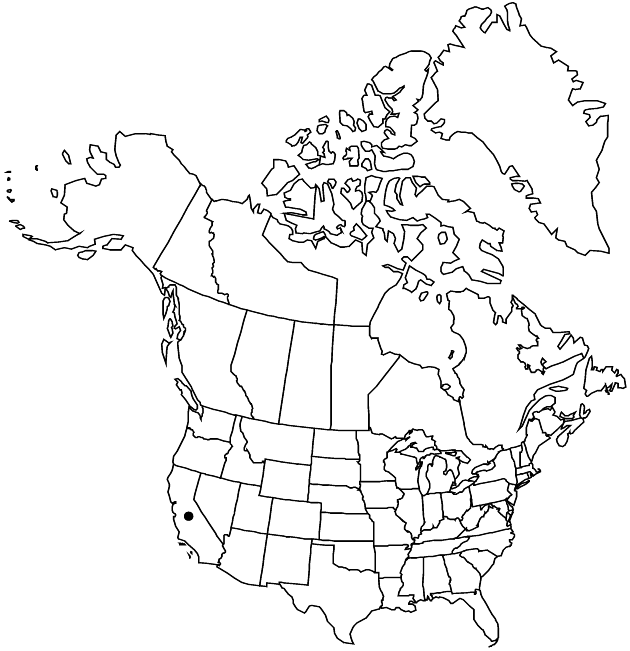Holocarpha heermannii
Aliso 4: 112. 1958.
Plants 10–120 cm; stems notably stipitate-glandular. Heads borne singly (at ends of branches) or in paniculiform or racemiform arrays. Involucres campanulate to ± globose. Phyllaries each bearing 25–50 gland-tipped processes and minutely sessile- or stipitate-glandular and puberulent or hispidulous. Ray florets 3–13. Disc florets 9–22; anthers yellow to brownish. 2n = 12.
Phenology: Flowering May–Nov.
Habitat: Grasslands, savannas
Elevation: 10–1400 m
Discussion
Holocarpha heermannii occurs mostly in the eastern San Francisco Bay area and in the southern Sierra Nevada foothills and Tehachapi Range; there are fewer records from the San Joaquin Valley, central Sierra Nevada foothills, South Coast Ranges, and western Transverse Ranges. Sometimes, H. heermannii occurs with or near H. obconica or H. virgata. Crossing studies have indicated lack of crossability or intersterility of morphologically similar populations of H. heermannii; artificial hybrids of H. heermannii with some populations of H. virgata were marginally fertile (J. Clausen 1951).
Selected References
None.
